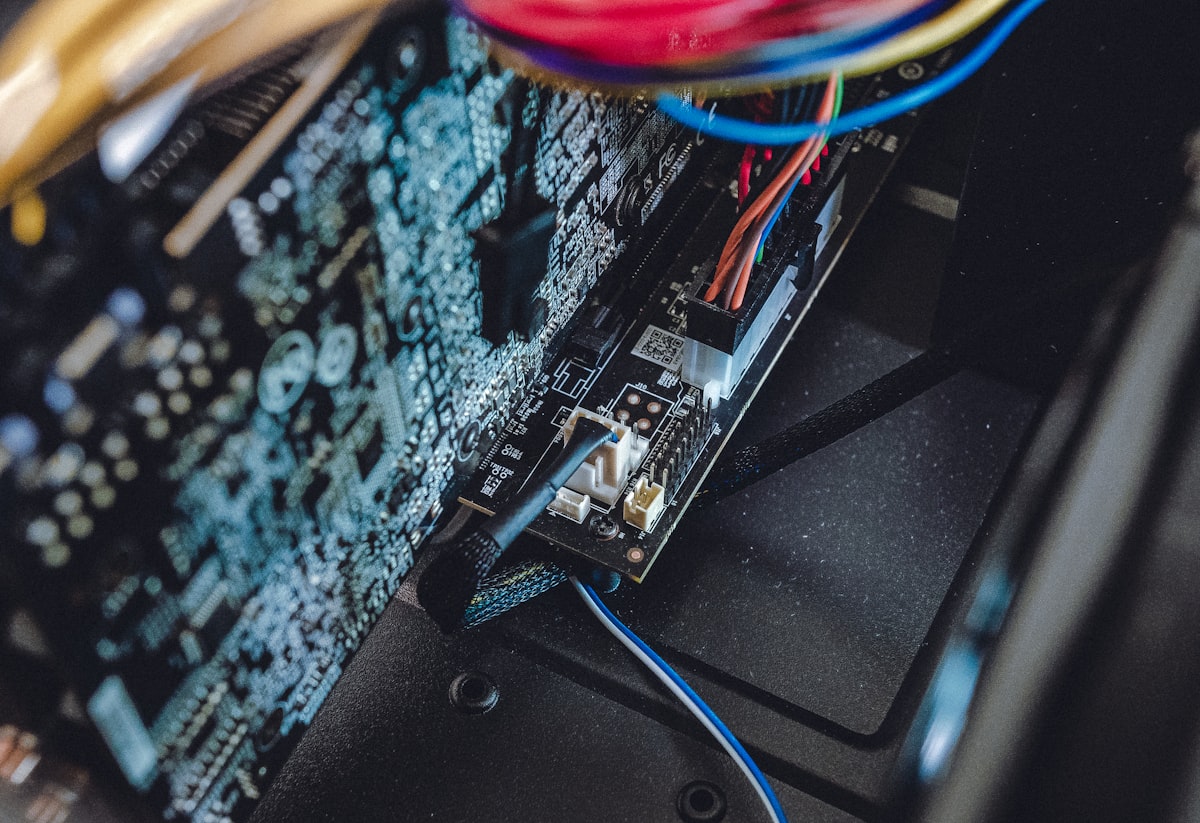Semiconductor manufacturers want to boost the regional chain to reduce dependence on Asia
The current shortage of semiconductors has revealed a structural change in this supply chain: 80% originate from one factory in Taiwan.

The production of a single chip can involve more than 1,000 stages, 70 border crossings, and a large number of specialized companies, most of them in Asia. The shortage of this component has caused the paralyzation of dozens of plants around the world, affecting the availability of models on the sales floors of most brands.
Biden has proposed $50 billion to support chip manufacturing and research. Much of that money will likely go toward building multibillion-dollar advanced chip plants by Intel, Samsung, and TSMC. The process starts with board-sized disks of raw silicon. In chip fabs known as 'fabs', circuits are etched into the silicon and built upon its surface through a series of complicated chemical processes.
The United States currently accounts for only about 12% of global semiconductor manufacturing capacity, down from 37% in 1990. More than 80% of the world's chip production is in Asia, according to industry data, most of it is concentrated in Taiwan.
When wafers or foils leave the fabs with hundreds or even thousands of fingernail-sized chips on each disk, they have to be cut into individual pieces and put into a package. Traditionally, this meant placing each chip in a 'lead frame' and soldering it to a circuit board. The whole assembly is then packaged in a resin box for protection. This process is labor-intensive, so chip companies outsourced it decades ago to countries such as Taiwan, Malaysia, the Philippines, and China.




